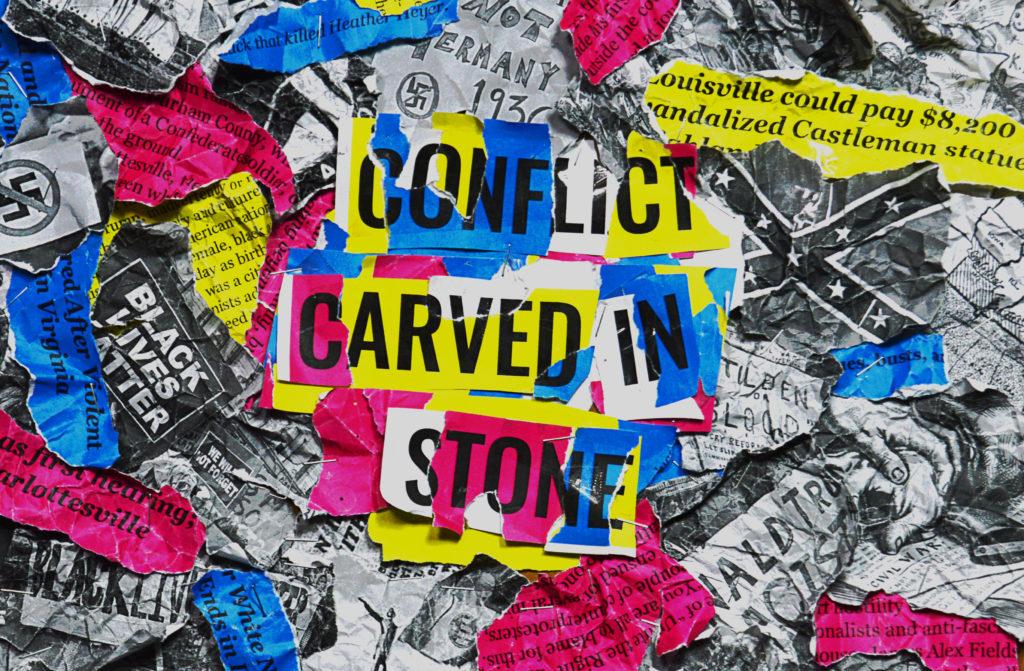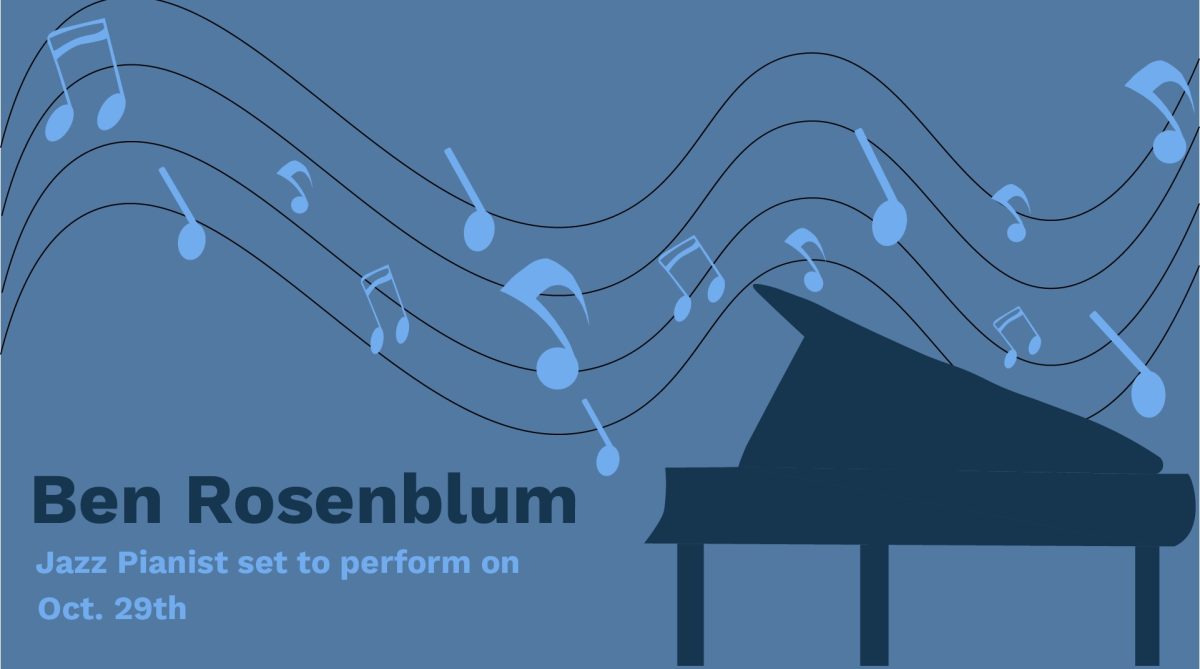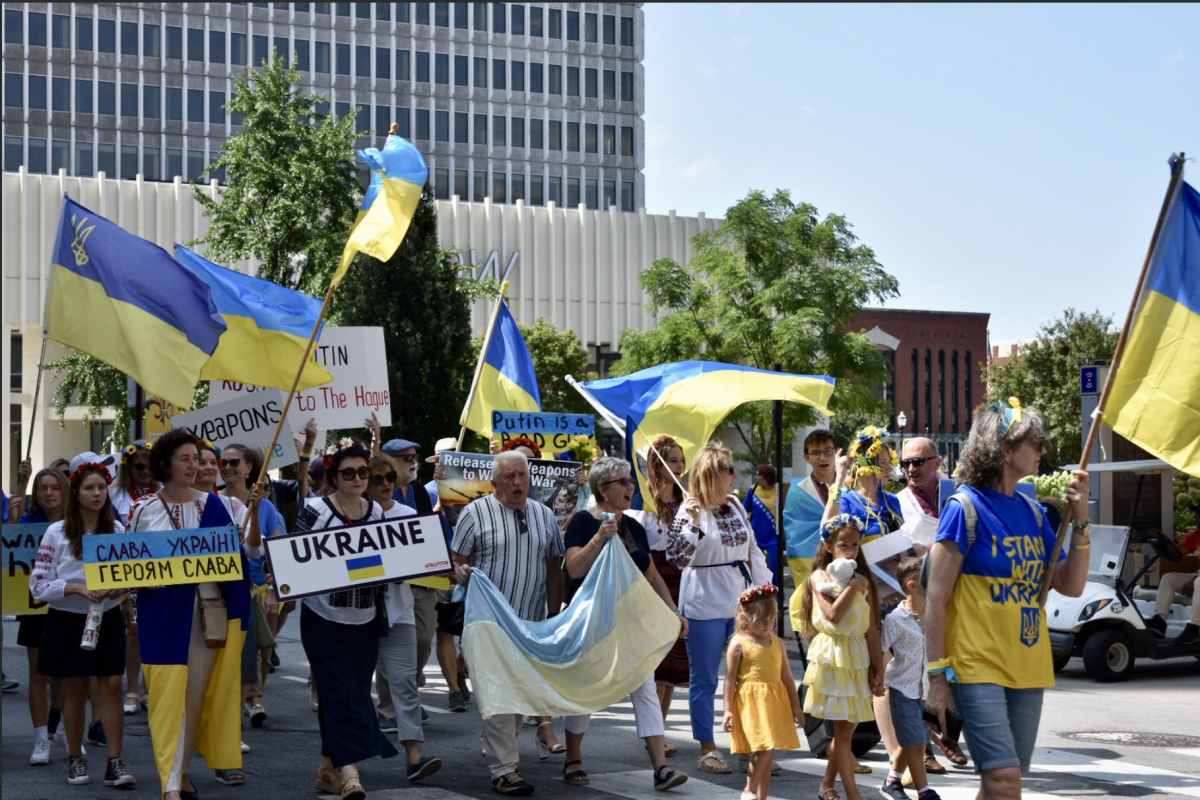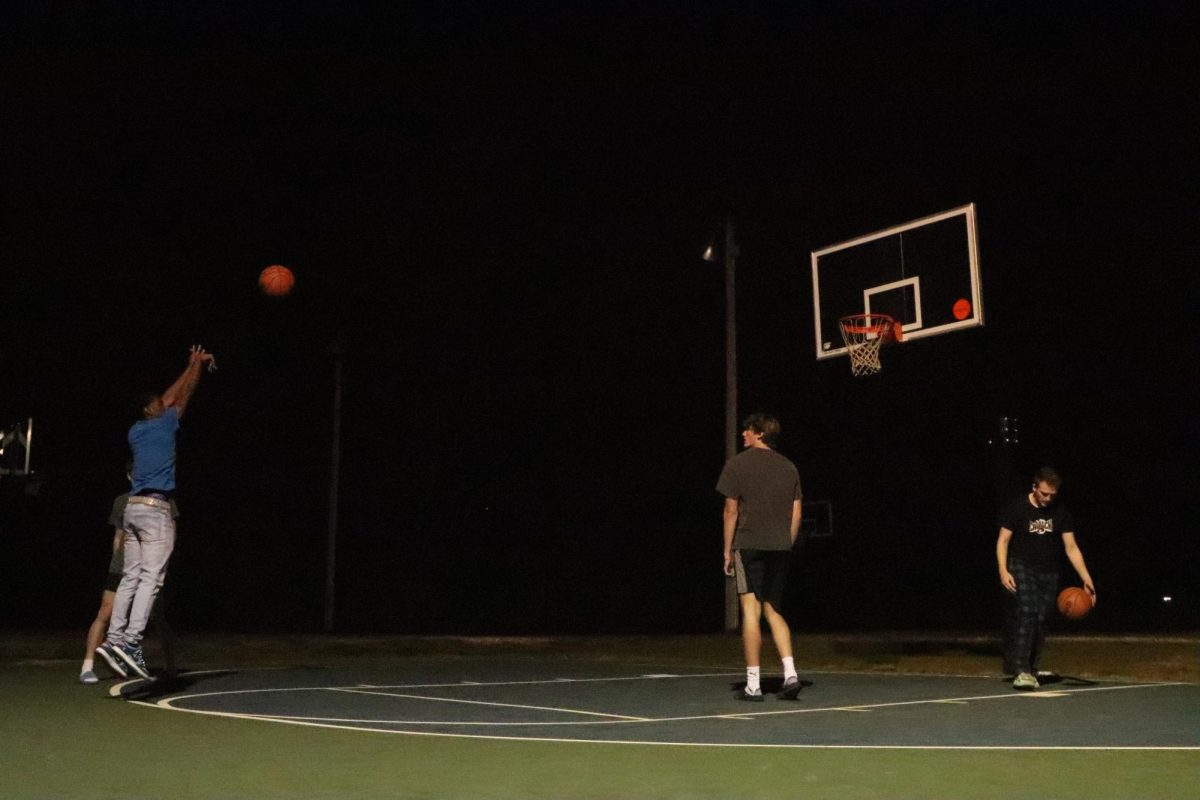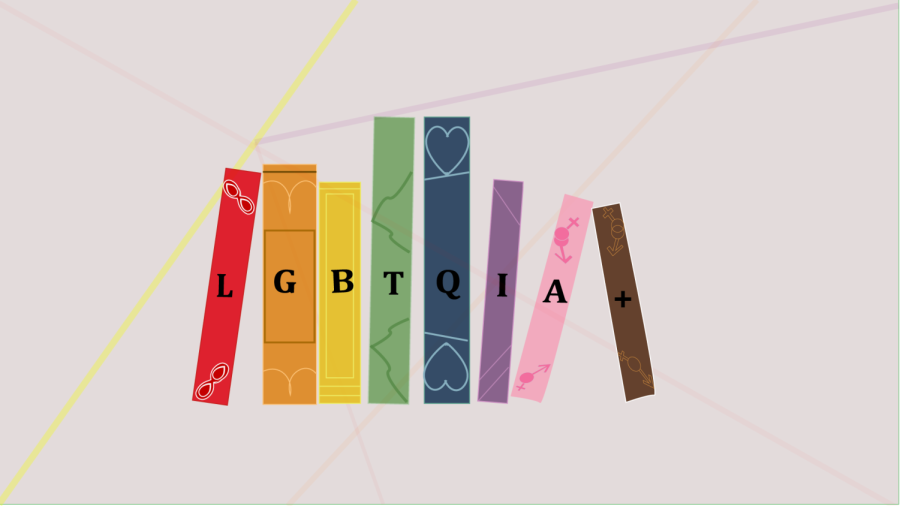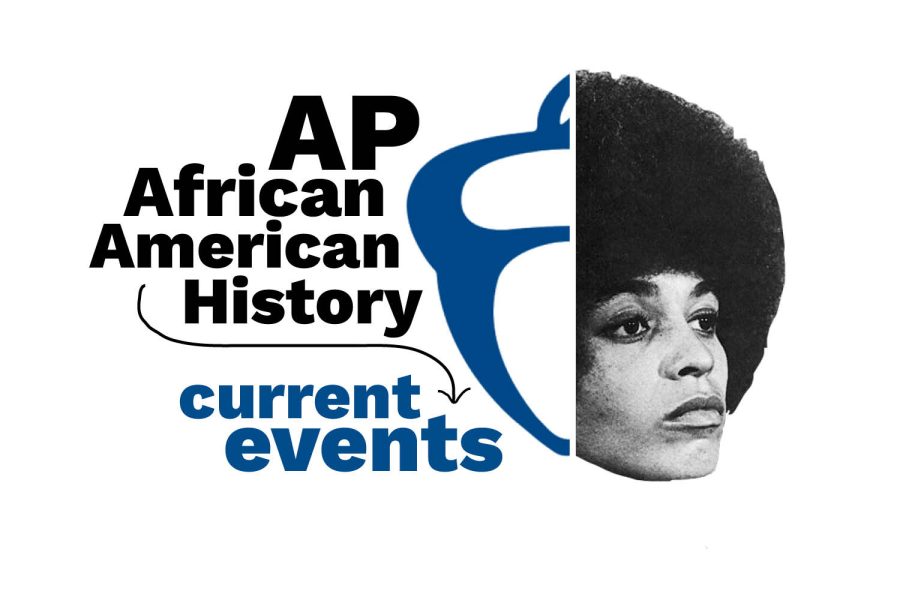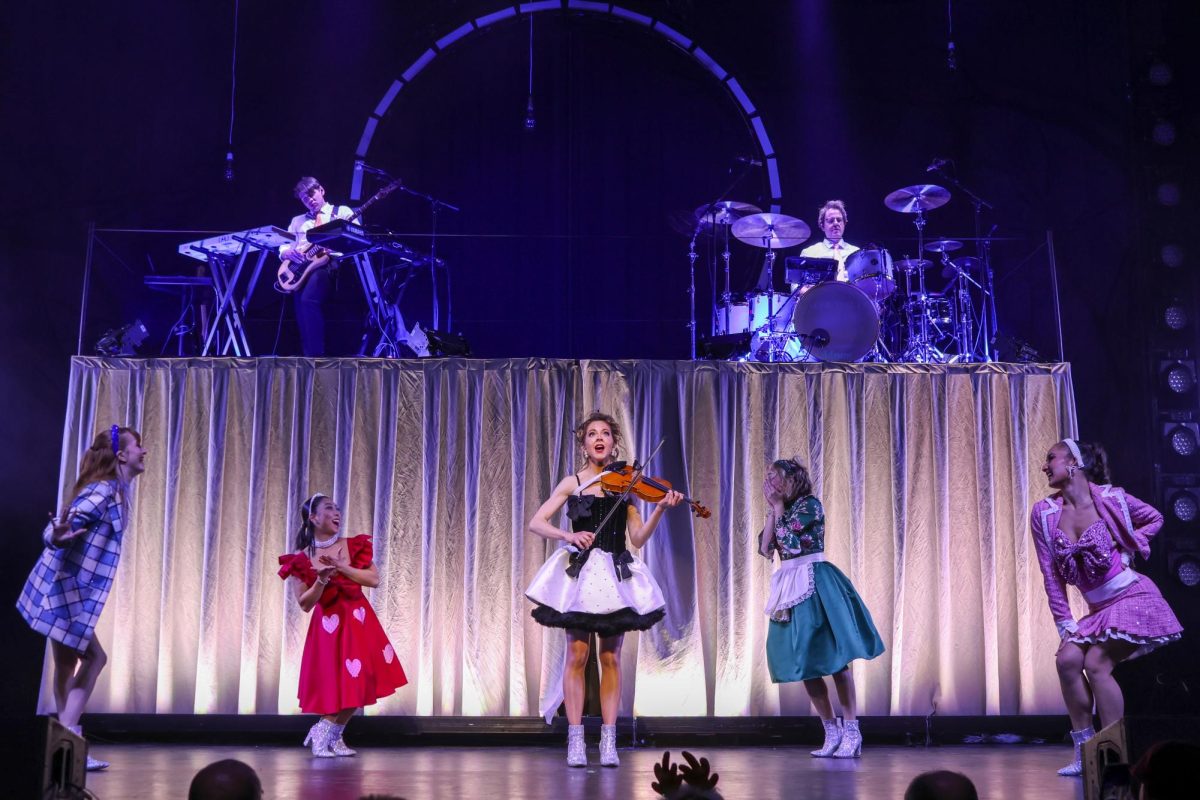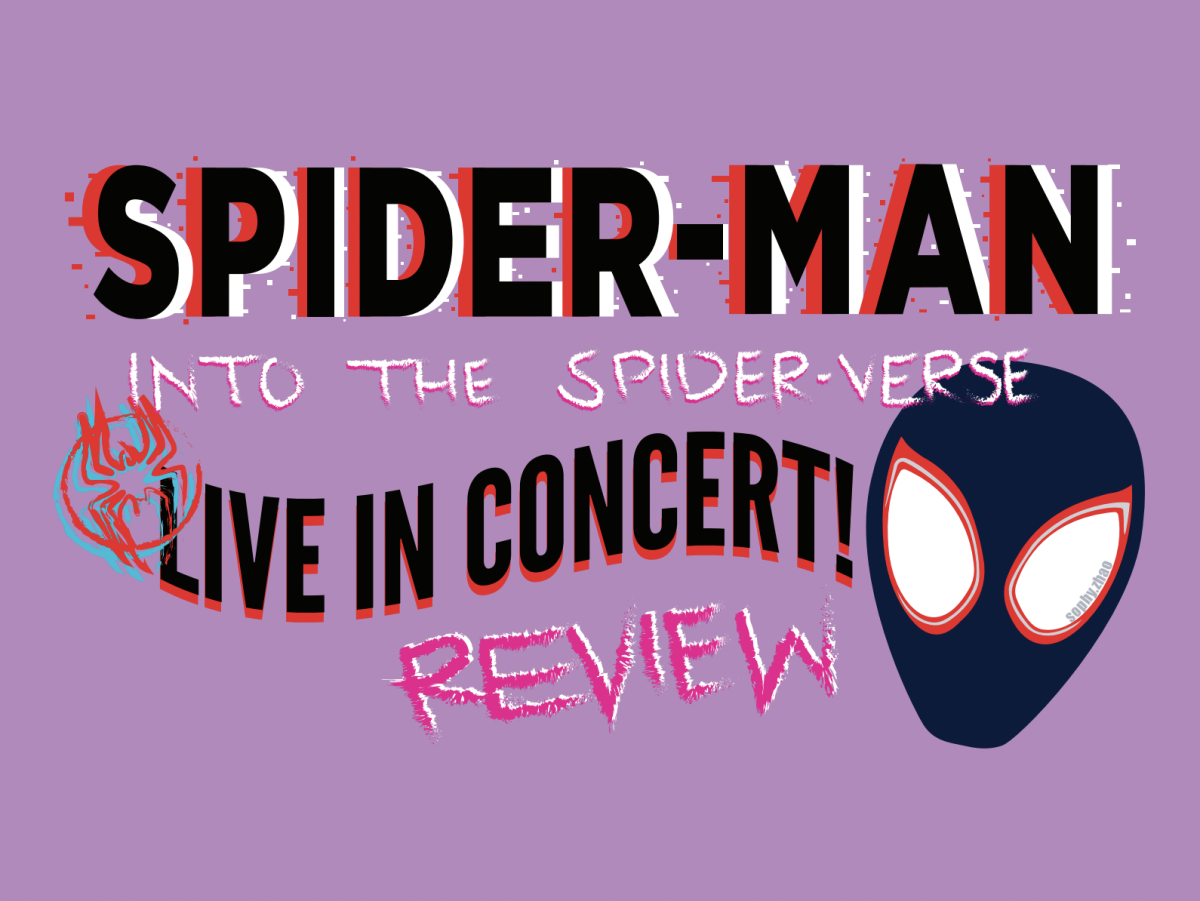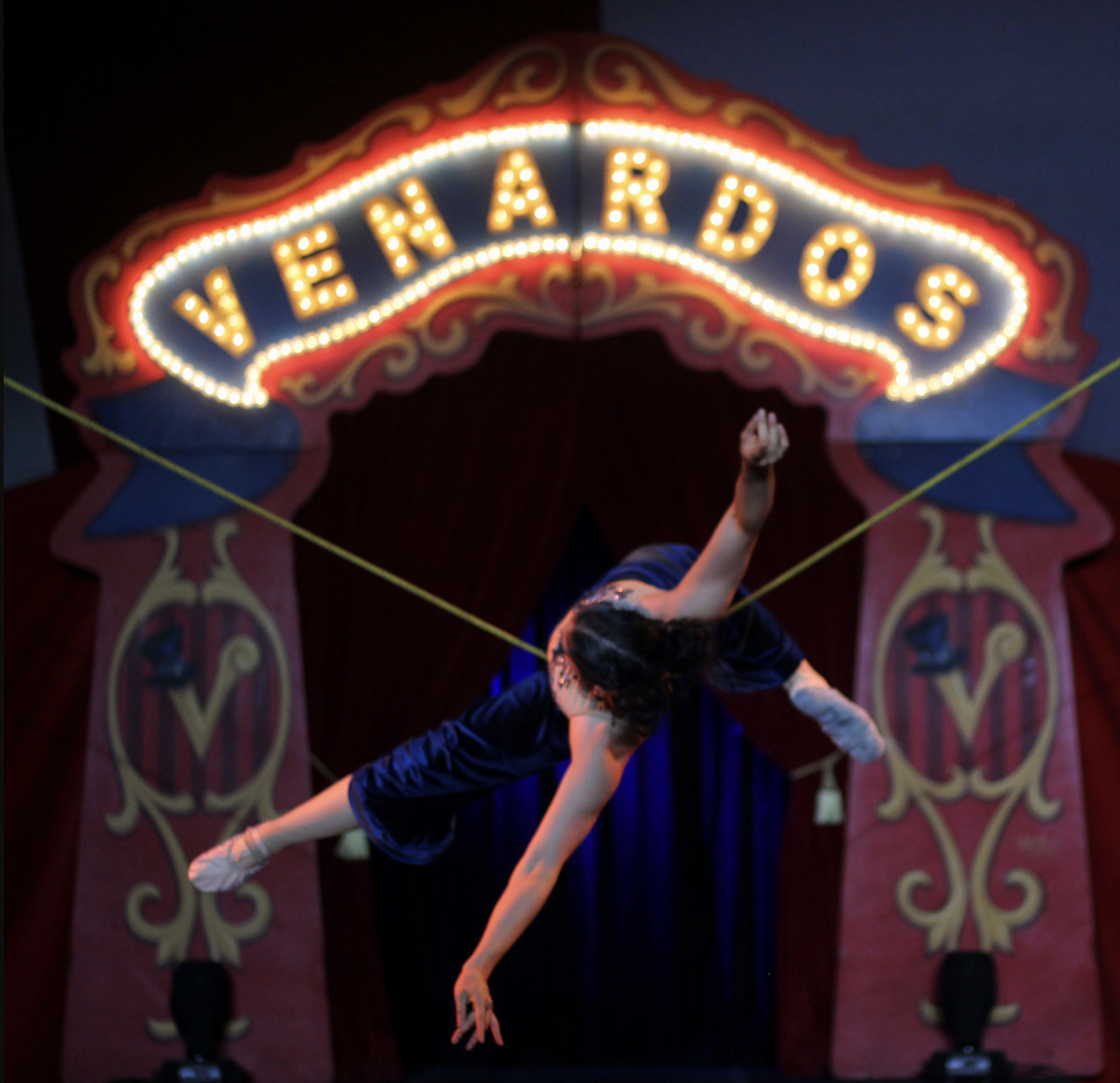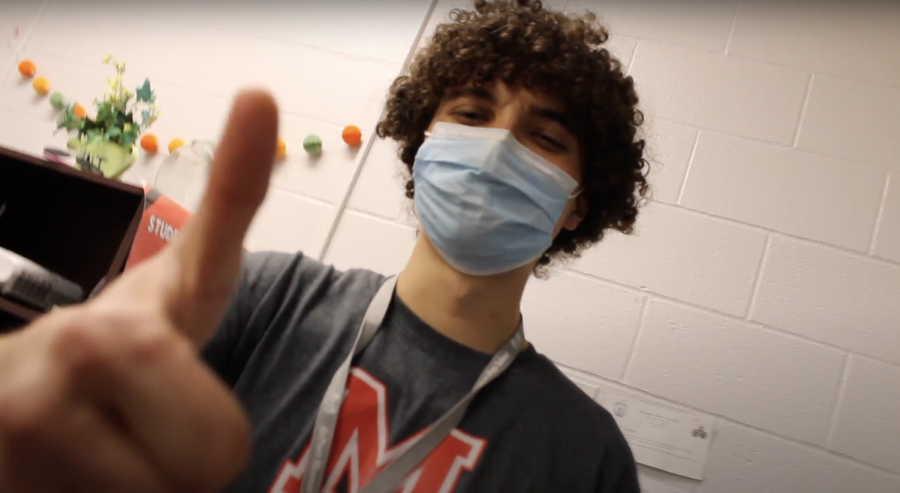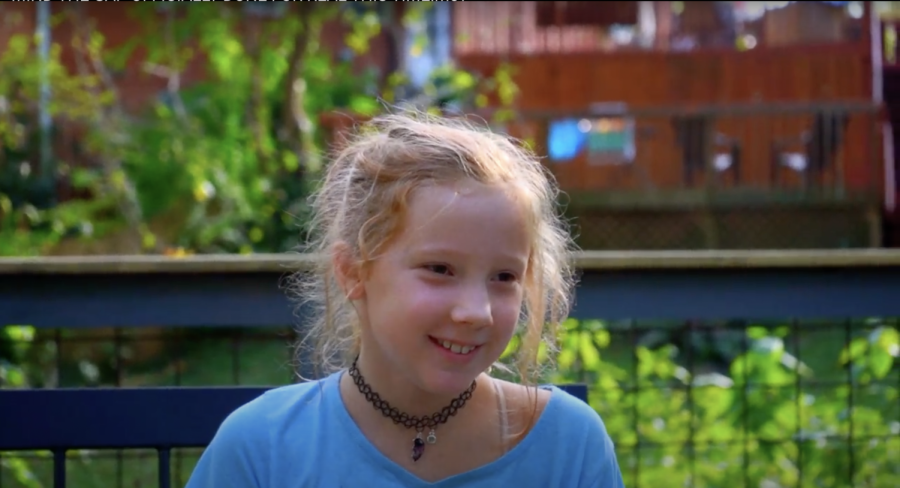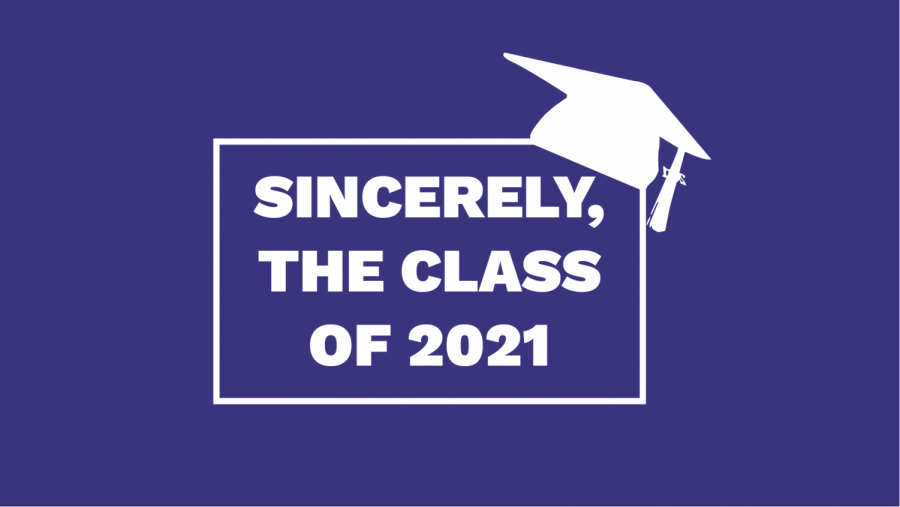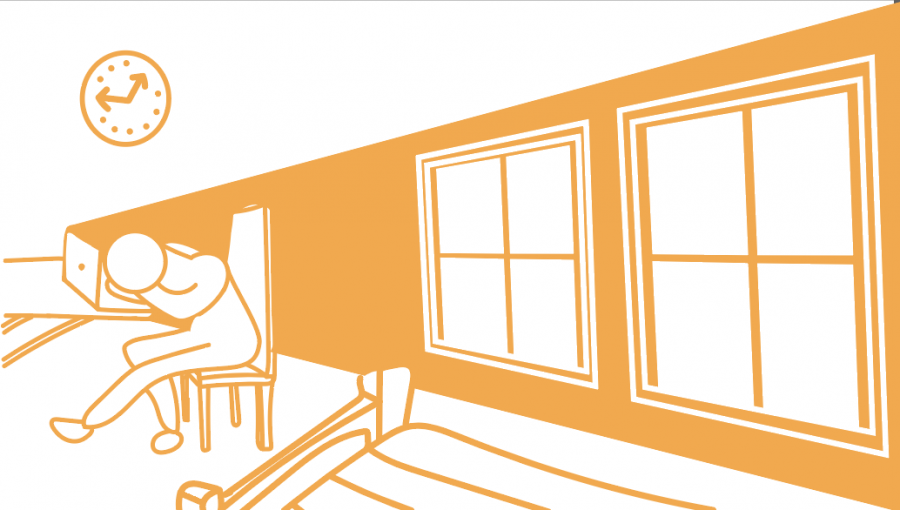Hundreds of torch-wielding white supremacists surrounded the anti-fascist counter-protesters. Holly McGlawn-Zoller, a member of Louisville Anti-Racist Action, witnessed the protest that night in Charlottesville, Virginia on August 11. She saw the orange glow of torches, like a fluorescent fog, lighting up the statue of Robert E. Lee in Emancipation Park.
The echoes of chanting from both sides grew louder. Smaller groups resorted to physical forms of protest when they emerged from the crowd in a collision of helmets, combat gear, swastikas, and torches. Members from both sides battered each other with fists, sticks, batons, and anything else they could find to use as weapons. Others stood apart from the conflict, watching or recording the disturbance. Torches were no longer a way to cast a light in the darkness; instead, they were a weapon used to burn flesh.
Shortly after, the statue’s defenders retreated, but the worst was yet to come. The conflict escalated when an alt-right protester, James Alex Fields Jr., plowed his Dodge Challenger through the crowd on Saturday, August 12. He killed Heather Heyer — a 32-year-old Charlottesville resident and activist — and injured 19 others, including McGlawn-Zoller, who suffered a broken leg.
This event sparked outrage across the country, but before we talk about the effects, we need to understand the debate.
Fifty-four percent of Americans are opposed to the removal of Confederate statues according to a poll that Reuters, an international news agency headquartered in London, England, took on Aug. 18-21. Within this 54 percent, people have a few different reasons for wanting the statues to stay. For example, some view taking down the statues of Confederate soldiers as an attempt to alter or erase American history and culture. Others believe that the statues are a part of freedom of expression. This opinion isn’t grounded in pro- or anti-Confederacy beliefs; for these statues supporters, removing the monuments violates First Amendment rights.
“They show the history of the United States. I’m fine with the statues being there, but we should not disrespect them,” said Zach Schell, a sophomore at Trinity High School. “As a country we should treat the statues like any other piece of history and use them to symbolize what we once were, not what we are now.”
But what about the people who do want something to change? Well, some want to add information to the plaques of the statues to inform people of the significance the statue has to the city, the role the person depicted had in the Civil War, and the injustices the Confederacy represents. For others, however, that’s still not enough. There are others across the nation who want the statues to either be removed completely or relocated to a museum, because they believe that confederate statues normalize racism. Similar opinions can be found here in Louisville.
“I mean there aren’t statues of Hitler in Germany so why should we have statues of confederate leaders?” said Collin Cagata, a freshman at the University of Kentucky. “Statues aren’t a way to remember our history, they are a form of glorification.”
How does this affect Louisville and other Kentucky cities?
This debate is happening all over the country, and Louisville is no exception. For many Louisvillians, there’s one specific statue that comes to mind: the John Breckinridge Castleman statue in the Cherokee Park area.
The statue is controversial because Castleman was a Confederate Civil War general, personally exiled by Abraham Lincoln and later pardoned. One side argues that the statue is a symbol of Castleman’s contributions to the local area and Cherokee Park, such as the creation of the Tyler Park neighborhood and his role as the president of the Board of Park Commissioners in Louisville for nearly 25 years. However, he also segregated parts of Cherokee Park. More specifically, Castleman segregated the tennis courts after he saw African-Americans using them. Castleman also called for the construction of his very own statue — the one that now stands in Cherokee Triangle.
Quillen Castleman Flanigan, a 15-year-old ge 15, a sophomore at duPont Manual High School and the great-great-nephew of John B. Castleman, believes that the plaque on the Castleman statue should be changed.
“I’m fine with the statue, but the plaque talks about him being in the Confederacy. They need to change it to what he did for the park, instead of acknowledging him being a Confederate general,” Flanigan said.
The plaque on the Castleman statue mentions the attempt Castleman made to free Confederate prisoners, his prison sentence and pardoning, and his military history in Puerto Rico on one side. On the other side, it talks about his studies at the University of Louisville and his contributions to our city’s park system.
Bill Allison, a retired local civil rights attorney and former elected alderman of the Highlands, believes a major problem with Castleman statue is that people don’t understand the man behind the statue.
“A lot of people just had no idea,” Allison said, “and I think a lot of us didn’t even know what his background really was until we started getting together, talking about it, and finding historical resources.”
Whether it’s a nostalgic tribute to American history or an unnecessary portal to an unjust, violent past, one thing is for certain: the Castleman statue in Cherokee park is causing a lot of tension and confusion all around the city. And on August 13, these clashing opinions became visible in the form of graffiti when the statue was covered with orange spots and lines.
But Louisville isn’t the only city in our state where confederate statues are causing controversy. There has also been debate over statues in Lexington. The Confederate statues of John Hunt Morgan and John C. Breckinridge are currently located in downtown Lexington, but in August the city council unanimously voted to move both monuments. In September, the Lexington Cemetery Board decided to relocate the statues to the cemetery where both Morgan and Breckinridge are buried. The statue removal in Lexington has been peaceful — the polar opposite of what happened in Charlottesville.
After witnessing the events in Charlottesville, McGlawn-Zoller claimed it was the worst protest she’s been to over Confederate statues. She hopes that the violent events in Charlottesville will bring awareness to issues that have been around for a long time but have not had enough light shed on them.
“I think for a long time people have tried to ignore that this has been a problem and is a rising issue,” McGlawn-Zoller said.
What’s The Real Question?
Heyer was more than a just a victim of the events in Charlottesville. Her death illustrates the hatred that still exists in our country. The Confederate statues have a deeper meaning than just monuments of military leaders in the South. For some, they’re powerful symbols that are bringing racial issues to the surface. Charlottesville is an example of those issues erupting in violence, but that doesn’t have to be the norm. There must be a peaceful way to draw the line between American pride and American shame. Our past may already be carved in stone, but our future doesn’t have to be a reflection of past mistakes.


